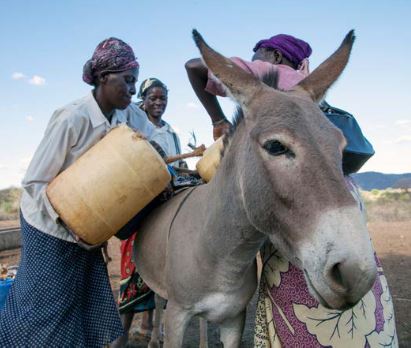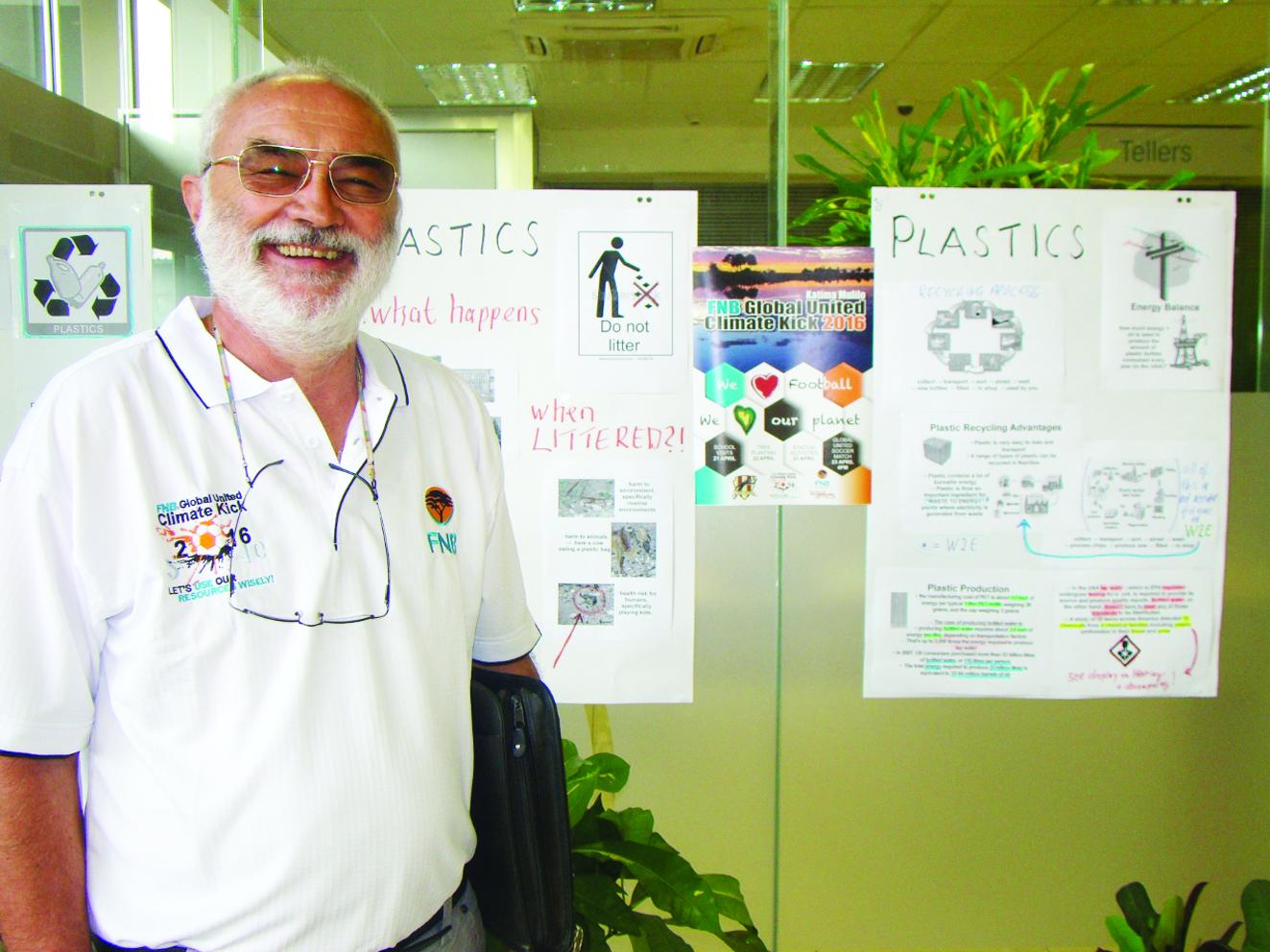
A woman without a donkey is a donkey herself – African proverb

A donkey delegation will visit Namibia next week on invitation of the Society for the Prevention of Cruelty to Animals in Windhoek. The three-man team from the United Kingdom, South Africa and Botswana will investigate two proposed donkey abattoirs to establish the conditions under which donkeys will be kept before slaughter.
Mr Alex Mayers from The Donkey Sanctuary in the UK, Morgane James from the NSPCA in South Africa and a representative of the SPCA in Botswana are expected to arrive in Windhoek on Tuesday 12 September.
Joined by members of the SPCA in Windhoek, the group will travel to Outjo on 14 September for an inspection and consultation with the investors in the proposed donkey abattoir. En route, they will also look at developments in Okahandja. At the conclusion of their tour, a presentation will be held at the Namibia Scientific Society.
The debate around the commercial exploitation goes far deeper than just the commercial value of a donkey, or the conditions under which animals are kept. It also focuses on the role of the donkey as a traditional draught and burden animal.
In a report titled “Under the Skin, the emerging trade in donkey skins and its implications for donkey welfare and livelihoods” published in January this year, the Donkey Sanctuary alleges that the demand for donkey skin in China has lead to an explosion of incidents where donkeys are killed for their skins.
“Production and marketing of ejiao products has been undertaken by a number of China-based enterprises, the largest being Dong’e Ejiao which was founded in 1952. It currently has over 10,000 employees, reportedly processes in excess of one million skins per year and is listed on China’s stock exchange” states the donkey report.
“Whilst demand within China for ejiao has soared, Chinese agricultural authorities have reported that donkey numbers have reduced drastically, from an estimated 11 million in 1990 to an estimated six million in 2014. Although a number of farmers have attempted to capitalise on the increasing demand for donkey products through the ‘farming’ of donkeys, many have struggled to supply adequate numbers due to donkeys’ low fecundity, particularly when they are reared intensively or when technologies such as artificial insemination are used. Indeed, it is known that ejiao producers have lobbied and continue to lobby the government to subsidize and encourage donkey breeders within China to supply the ejiao market and reduce the shortfall in supply. Similarly it is understood that attempts are being made to improve reproduction and production efficiency through the use of artificial insemination and selective breeding” according to the report.
While the SPCA is obviously concerned about the welfare of animals, the impact of a sudden reduction in the number of donkeys on the African continent, can not be underestimated especially for rural communities that rely on donkeys for ploughing and transport.
According to the Donkey Sanctuary, the annual demand for donkey skins is five times higher than supply. It is suspected that this imbalance is what drives the unmotivated theft and killing of donkeys reported in many African and South American countries. The donkey report projects that if the mismatch between supply and demand continues, the worlds’ donkeys can be decimated within a decade.
“Government-condoned trade in donkey products has been seen in Namibia, Botswana, Tanzania and Kenya” states the report basing its assumptions for Namibia on an article that appeared in the New Era newspaper in November 2016.
“The trade in donkey skins and meat is a growing global concern in terms of animal welfare, public health and economic, social and cultural stability. These issues are particularly stark in developing countries in which communities have a heavy reliance on donkeys as working animals” according to Under the Skin.












































